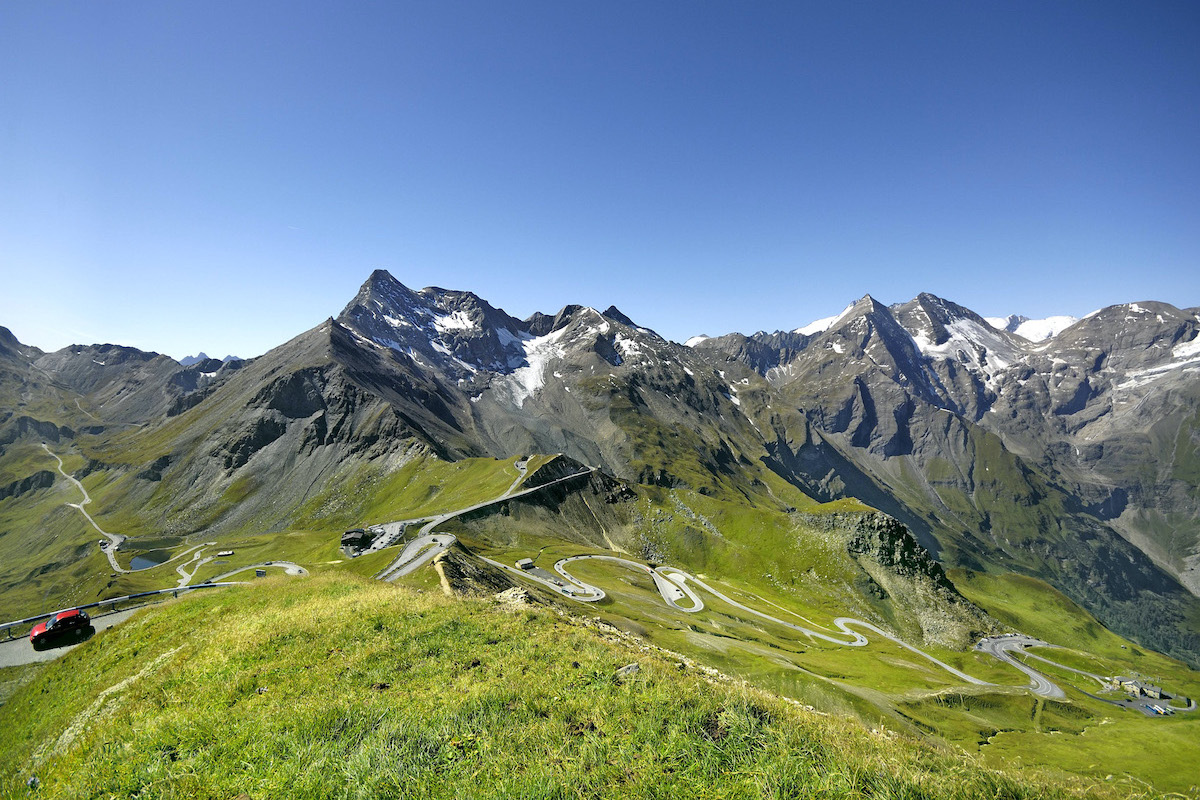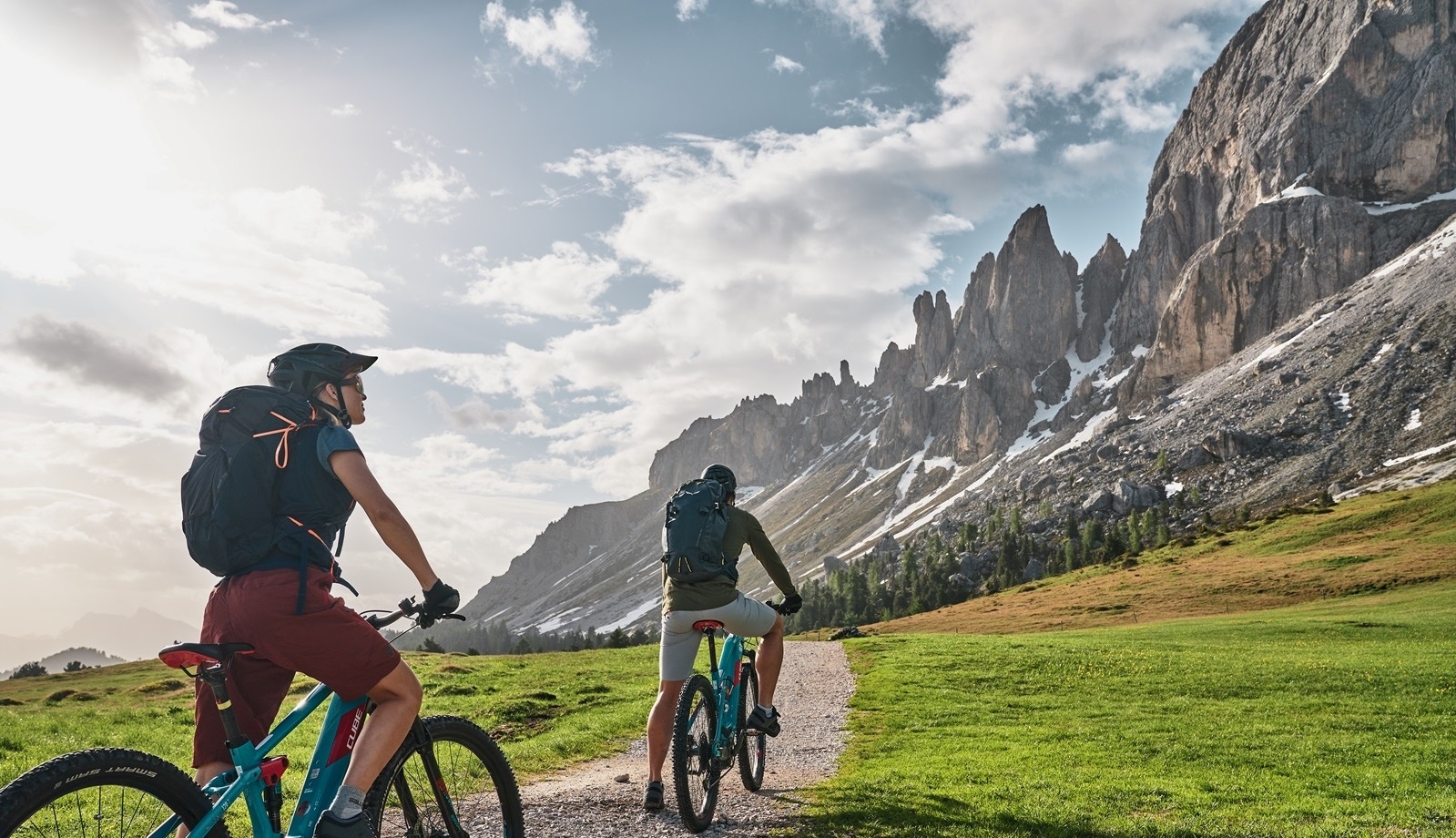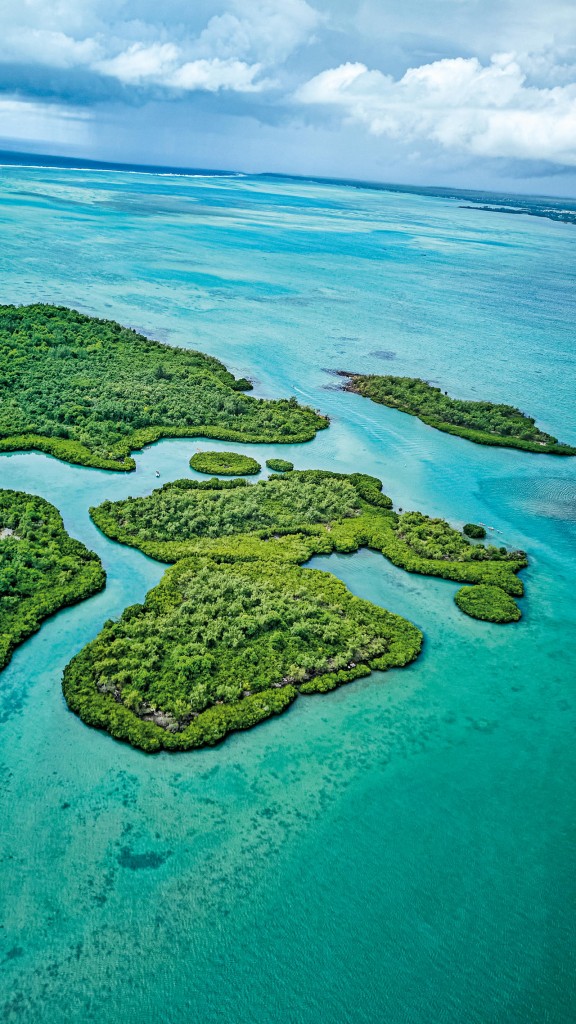Don't just call it “road”. There Grossglockner Alpine Route, which stretches 48 km between Heiligenblut in Carinthia and Fusch an der Glocknerstrasse in Salzburg, is an engineering gem created in one of the largest and most fascinating natural areas in Europe. We are at the foot of the highest peak in Austria, the Grossglockner, which stands on a crown of peaks of more than three thousand meters, offering a panorama of the glaciers, plateaus, lakes and forests of the Hohe Tauern National Park.
Here a crescendo of curves opens up to the delight of motorists and motorcyclists, but that's not all. Once the vehicle is parked, in fact, they dominate the natureto savor on the many routes, and the culture, offered by the altitude museums. A world of experiences accessible to all with a single ticket, between excursions, exhibitions and family parks.
THE historic road numbers, symbol of Austria
Inaugurated in 1935 to bring tourism to the Hohe Tauern range, the Grossglockner Alpine Road was built with the work of four thousand men. This masterpiece of road engineering has 36 hairpin bends and in 2015 even became National monument. Accessible from May to November depending on weather conditions, it offers 48 km of turnsappreciated by motorcycle and car enthusiasts who find an incomparable itinerary here.
From 2022, the central section is also part of the Glockner E-Genusstour, the first circuit specifically dedicated to electric cars, which crosses Austria for 230 km. Along the route there are charging stations to encourage this green mode of transport, as well as sustainably managed shelters and rest stops.
Not just cars: the Grossglockner nature trails
Warning: crossing marmots. This is one of the signs that you can come across while traveling the bends of the Alpine road. After all, these mountain rodents have always been at home among the meadows and rocky slopes of the Hohe Tauern. It is not only a national park, but also one of the largest nature reserves in Central Europe: it is for this reason that the marmotswith ibexes, chamois, bearded vultures and golden eaglesI am one of the Big five visible during the summer months.
There are around 10,000 species of animals and more than 3,500 species of plants on the Grossglockner, the roof of Austria with its 3,798 meters above sea level. To admire it in all its splendor, in the company of Pasterzé Glacierit's worth the walk to the visitor center Kaiser-Franz-Josefs-Höhenamed after Emperor Franz Joseph who visited the region in 1856 with his wife Sissi.
Of this plateau at altitude at 2,504 m a world of excursions opens up for all levels. The most interesting are those led by Ranger, which reveal the secrets of these peaks, including native flora, wildlife observation and changes in the glacier. Here the Gamsgruben Tunnel, a network of tunnels, built during the construction of the road, which hosts light and sound installations dedicated to the evolution of the largest glacier in the Eastern Alps. Without forgetting the Gletscher Paththe excursion along the glacial tongue or the panoramic points of the Edelweissspitze.


Exhibitions to visit at altitude
Curious to know everything about the construction of this record-breaking road? Just visit the museum Bau der Strasse, installed in a cabin on the Fuscher Lacke. By going up to Fuscher Torl, At 2,428 m you also reach the best viewpoint for taking a photo of the road and its winding path around the Grossglockner. To learn the secrets of regional flora, fauna and geology, exhibitions on the alpine ecology ofAlpine House Naturschau. Here you can also admire the exhibitions on crystals, true treasures of the Hohe Tauern, and meet (virtually) the marmots thanks to the multimedia cinema of the Murmi Show.
The heart of the area, however, is the visitors center. Kaiser-Franz-Josefs-Höhe, four floors of information on the natural park and curious exhibitions. This is the case of the largest car and motorcycle show in the world, which from mid-June will be enriched with two new focuses: the first will be dedicated to 50 years of Porsche Turbo, from a sports car to an innovative and sustainable brand with alternatives to fossil fuels and low-energy technologies. impact. The second new feature will be the exhibition dedicated to 125 years of Puch, a historic Austrian motorcycle manufacturer, entitled “Cult motorcycles in the mountains”. The history of the brand, founded in 1899, will be told through examples of iconic motorcycles and bicycles of all time. Once the tour is over, you can't miss a stop atWilhelm Swarovski Natural Observatoryalways inside the visitor center, to observe the details of nature with the sophisticated optical equipment of the Austrian brand.
Back on the road, on the border between Salzburg and Carinthia, at the Hochtor Pass, we reach the highest point of the road at 2,504 m above sea level. A strategic passage for trade between Italy and Central Europe, demonstrated by the museum Passheiligtum Hochtor where there is even a Roman statue of Hercules, as well as Celtic coins, pieces of brooches, weapons and medieval fabrics.
And who knows what other treasures are hidden among the pastures of the Hohe Tauern. These same meadows that welcome families on a journey to the new High Five children's adventure world: an exhibition divided into five thematic spaces dedicated to the ecosystem of the Alps. A way to educate while having fun, among the curves of this microcosm which combines nature, history and culture.
Info: Austria.info


